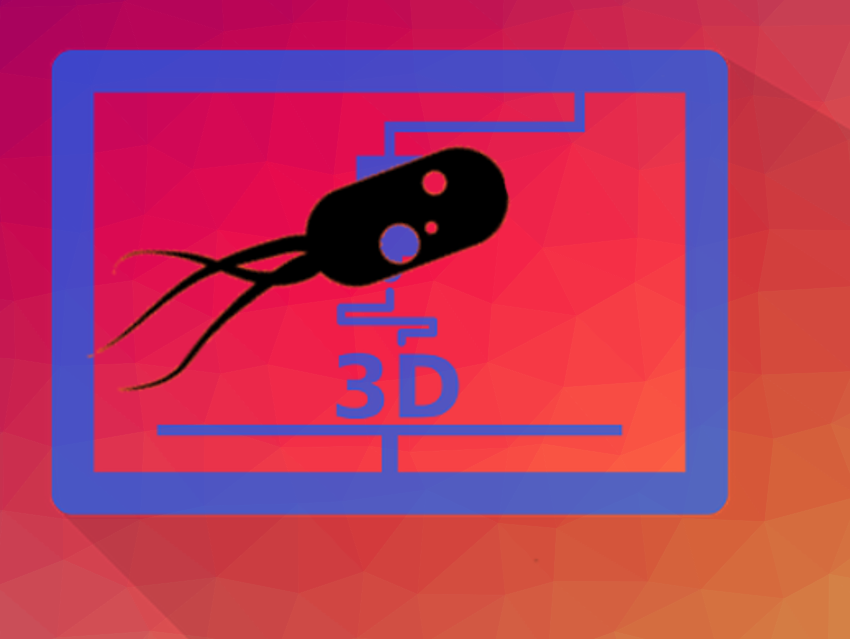Luiz G. Greca, Blaise L. Tardy, Orlando J. Rojas, and colleagues, Aalto University, Finland, have developed a technique to used bacteria of the strain Komagataeibacter medellinensis to produce complex designed three-dimensional objects made of nanocellulose. The technique allows microfibers to be aligned in any orientation, across layers, and in different thickness gradients and topographies. The researchers believe that the nanocellulose objects created in this way have great potential for medical use, for example, to support tissue regeneration or as scaffolds for the replacement of damaged organs.
The researchers made 3D molds of room temperature vulcanizing (RTV) silicone rubber and made their surface strongly water repellent or superhydrophobic by spreading poly(tetrafluoroethylene) (PTFE) powder inside the mold cavity. The team incubated the cellulose producing microorganisms Komagataeibacter medellinensis in these superhydrophobic molds.
In contact with water, the superhydrophobic surface traps a thin layer of air, and an air plastron forms on the surface. This is a source of oxygen for the aerobic, nanocellulose producing microorganism. The bacterium was incubated in a modified Hestrin-Schramm culture medium.
The bacteria form a fibrous biofilm that replicates the surface and shape of the mold. Over time, the biofilm becomes thicker, and the objects become stronger. By controlling wetting, incubation time, nutrient availability, and the pressure in the mold, fine control of the biofilm was achieved. Using this technique, the team has created 3D objects with prefabricated features.
The researchers see their experiments to understand and control bacterial interactions at interfaces as an interdisciplinary challenge that will hopefully stimulate future research in the fields of antifouling, biomedicine, materials science, biotechnology, microbiology, and synthetic biology.
- Guiding Bacterial Activity for Biofabrication of Complex Materials via Controlled Wetting of Superhydrophobic Surfaces,
Luiz G. Greca, Mahdi Rafiee, Alp Karakoç, Janika Lehtonen, Bruno D. Mattos, Blaise L. Tardy, Orlando J. Rojas,
ACS Nano 2020, 14, 10, 12929–12937.
https://doi.org/10.1021/acsnano.0c03999



